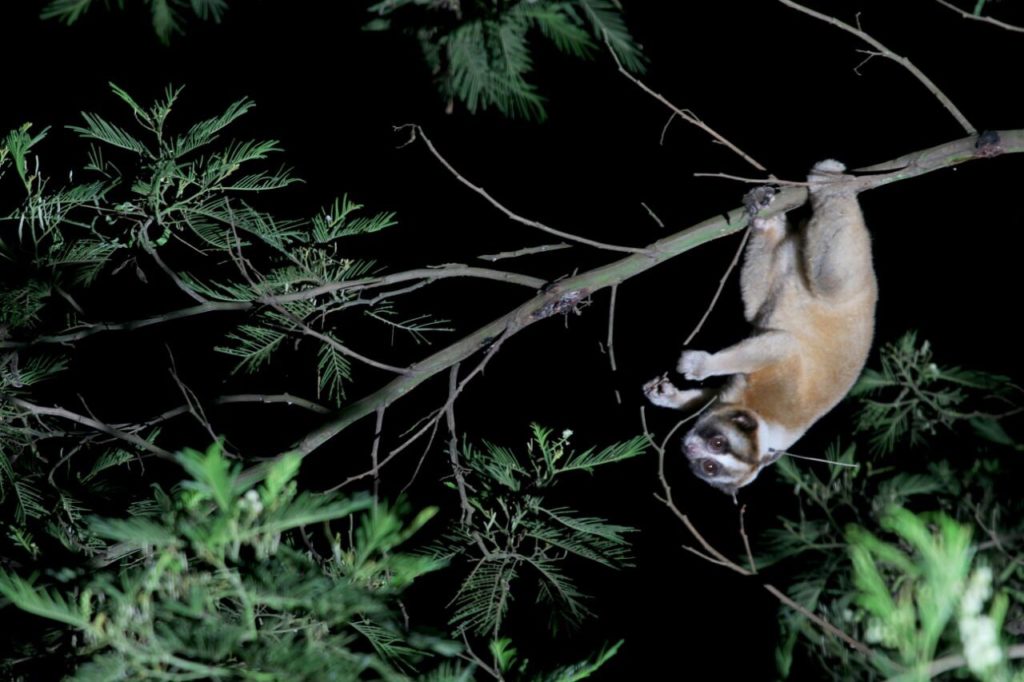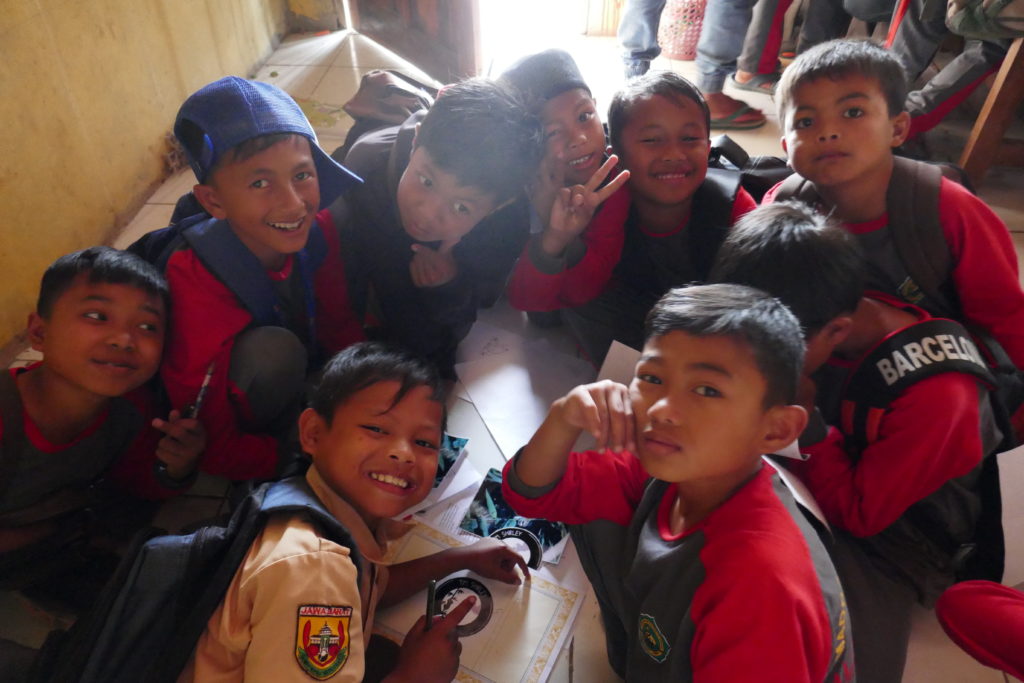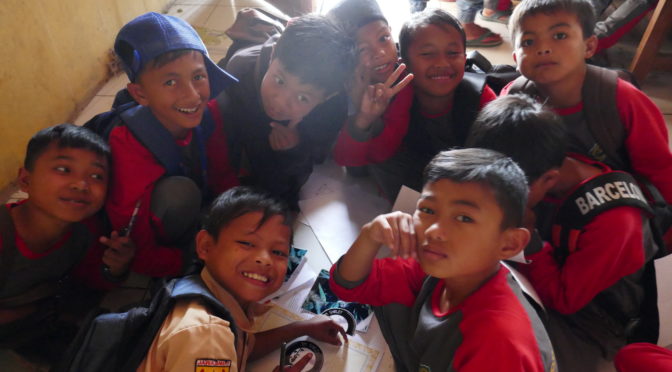Slow Loris Venom
I’ve always had an interest in venom; such a complex natural cocktail of proteins and peptides; representing complex evolutionary pressures. Naturally I was drawn to slow lorises ‘the jungle Gremlins of Java’ as the only venomous primate. Slow lorises possess a bite that can potentially kill a person. Cipaganti’s slow loris population are no different; sometimes lorises have awful scars, injured eyes and open wounds from venomous bites they have received. But slow lorises are not the only venomous animals in the hills of Cipaganti, and certainly not the deadliest to bitten humans.

Snake Venom
Cipagani, like all of Java, and the wider Indonesian archipelago is home to many species of venomous snakes. venomous snakes are found in all manner of location from the forests or rural west java to the densely populated megacity of Jakarta. From speaking to local villagers in Cipaganti some highly toxic snake species have been spotted, not only in the mountain but within the village itself – species including the Javan spitting cobra and banded Kraits, which possess a potent neurotoxin capable of killing within minutes!

Identifying Species
Furthermore, villagers explained many people, especially younger people are no longer able to identify venomous from non-venomous snake species. With snake venom time can make the difference between life and death – especially in rural locations where major medical facilities could be an hour away. From speaking to other Indonesian people along my travels the situation seems similar in towns, and especially pronounced in cities where people are less connected with nature, and much traditional knowledge has been lost. Whilst in the LFP field station at Cipaganti not only did locals inform me they have seen some of the most venomous snakes locally – banded krait and spitting cobras – but I happened upon some (luckily non-venomous) snakes by chance!
The Danger
Recently the World Health Organisation has highlighted snakebites as a neglected tropical disease, requiring immediate action. Snakebites are responsible for millions of deaths every year; in fact, snakebites kill more people than malaria, dengue fever, and many other famous tropical diseases. Snakebites not only kill people but often survivors are left with debilitating, lifelong conditions including severe disfigurement and psychological disorders resulting from the bite. Snakebites often affect the most economically deprived individuals, often children, in rural areas with antivenoms being very expensive.
Antivenom
It should also be noted antivenoms are not a universal cure for snakebites, they are only prescribed when absolutely needed. Antivenoms cause a severe autoimmune response from humans – like an extreme allergic reaction and can cause renal failure. Therefore, these are dangerous if administered incorrectly and should only be done by well-trained professionals if it is absolutely required. Whats more within Indonesia there is only one antivenom. It’s expensive and only treats three snake species (and only two effectively).
Education
The global initiative on snakebites has identified within Southeast Asia childrens’ education is the single most effective method for preventing snakebite mortality. With this in mind I decided to do whatever I can to help the situation whilst I am in Java. I designed a snakebite education programme for children of varying ages. Whilst visiting a city centre school I was shocked to find out they have had three snakes in the childrens’ play area in the last two months. One of the snakes, it is believed, is a spitting cobra and was discovered by two three-year-old children (luckily the snake fled).

For younger children the ‘snakebite education’ programme consists of a ‘colouring-in’story book. In addition, games which re-iterate the fundamental educational goal – to encourage children to leave snakes alone. This also provides information on snake hiding places and basic ecology. Older children have a series of activities and an interactive talk, giving more detail on snake species, and venom. The programme is currently being trialled in schools in the city of Yogyakarta and will soon move to Cipaganti. MATT GARDINER
Non-venomous reed snakes in Cipaganti: Calamaria lumbricoidea and Calamaria schlegelii

